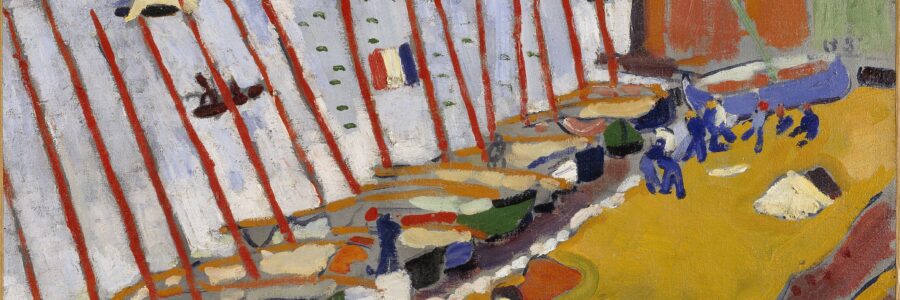
The Museum of Fine Arts Houston Now Showing Exhibits Showcasing Classics to Contemporary Art
Vertigo of Color: Matisse, Derain, and the Origins of Fauvism and Multiplicity: Blackness in Contemporary American Collage now on display
About Multiplicity: Blackness in Contemporary American Collage: The first major museum exhibition on this subject, “Multiplicity” explores the breadth and complexity of Black identity and experiences in the United States through collage and collage-informed works.
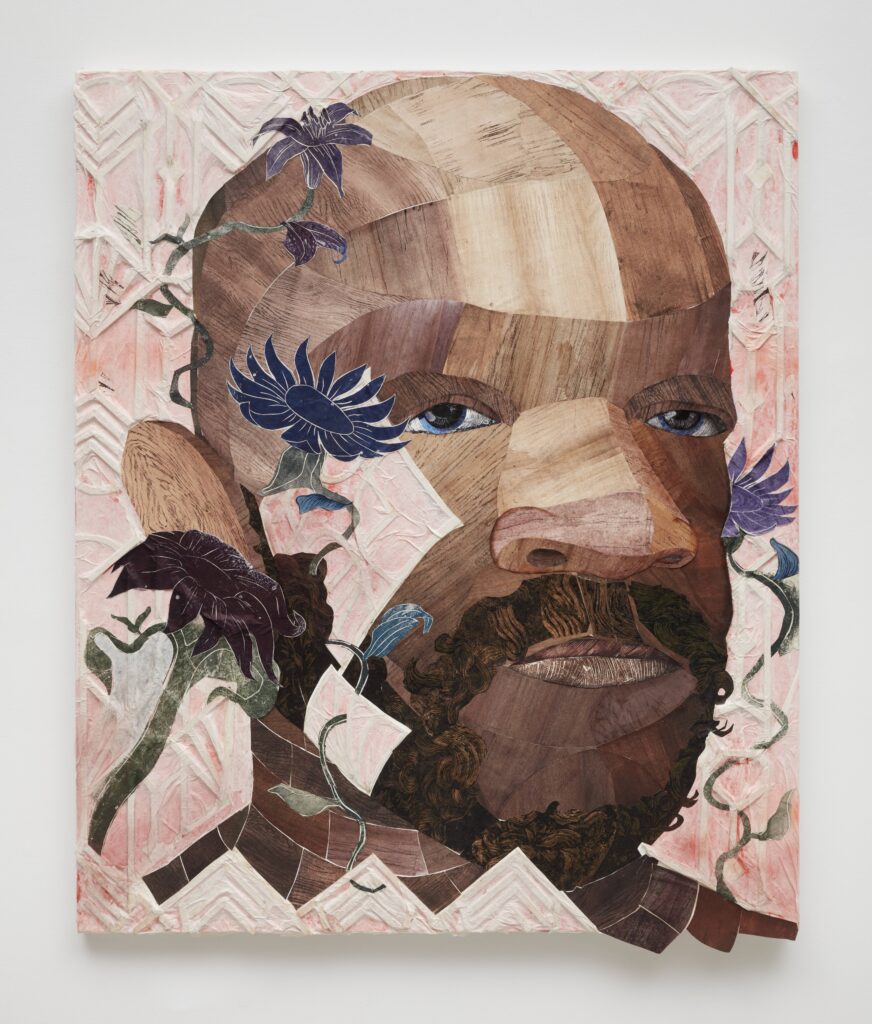
Multiplicity is the first major museum exhibition devoted to this rich yet understudied subject. Featuring some 80 collage and collage-informed works, the exhibition explores the breadth and complexity of Black identity and experiences in the United States.

With an intergenerational group of 52 living artists, Multiplicity examines how concepts such as cultural hybridity, notions of beauty, gender fluidity, and historical memory are expressed in the practice of collage. By assembling pieces of paper, fabric, and other often
salvaged or repurposed materials, the artists in this exhibition create unified compositions that express the endless possibilities of Black-constructed narratives despite our fragmented society.
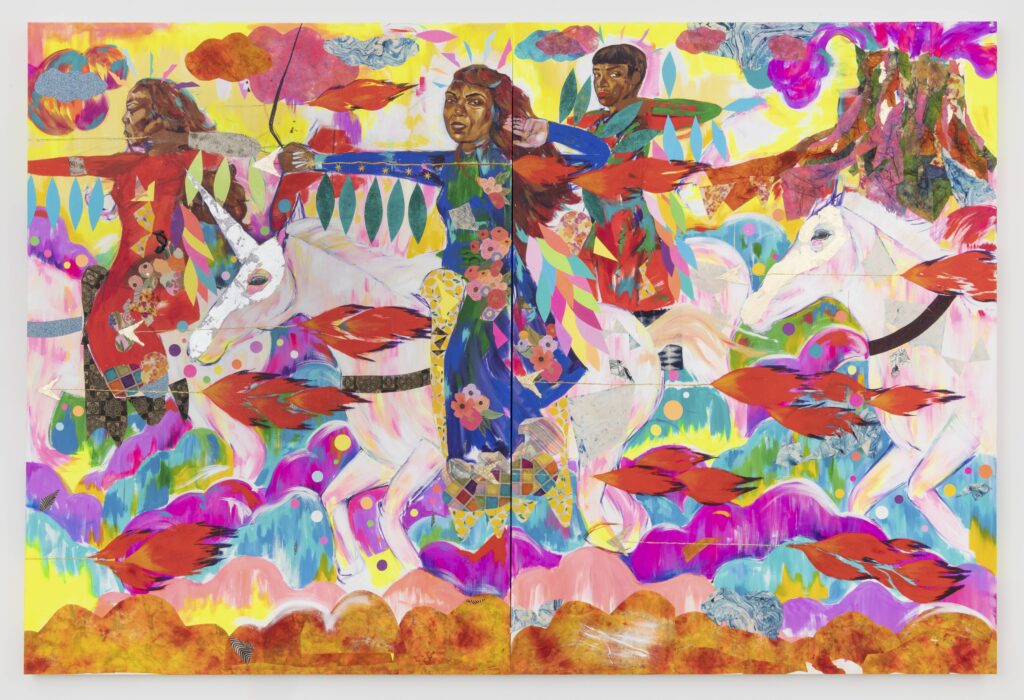
The artists range from established luminaries to early- and mid-career figures, including Mark Bradford, Lauren Halsey, Rashid Johnson, Kerry James Marshall, Wangechi Mutu, Jamea Richmond-Edwards, Deborah Roberts, Tschabalala Self, Lorna Simpson, Devan Shimoyama, and Mickalene Thomas.
“We are pleased to present this groundbreaking exhibition, drawing attention to the richness of collage as an art form and its role in expressing Black identity over multiple generations of artists,” said Gary Tinterow, Director, the Margaret Alkek Williams Chair, the
Museum of Fine Arts, Houston. “It is also especially significant for Houston audiences that Multiplicity features the work of a number of notable artists who are so closely identified with this city, including Tay Butler, Jamal Cyrus, Rick Lowe, and Lovie Olivia.”
About Vertigo of Color: Matisse, Derain, and the Origins of Fauvism: Co-organized by the MFAH and the Metropolitan Museum of Art, New York, the exhibition chronicles, for the first time in the U.S., the creative partnership that led to a boldly inventive style of modernist painting.
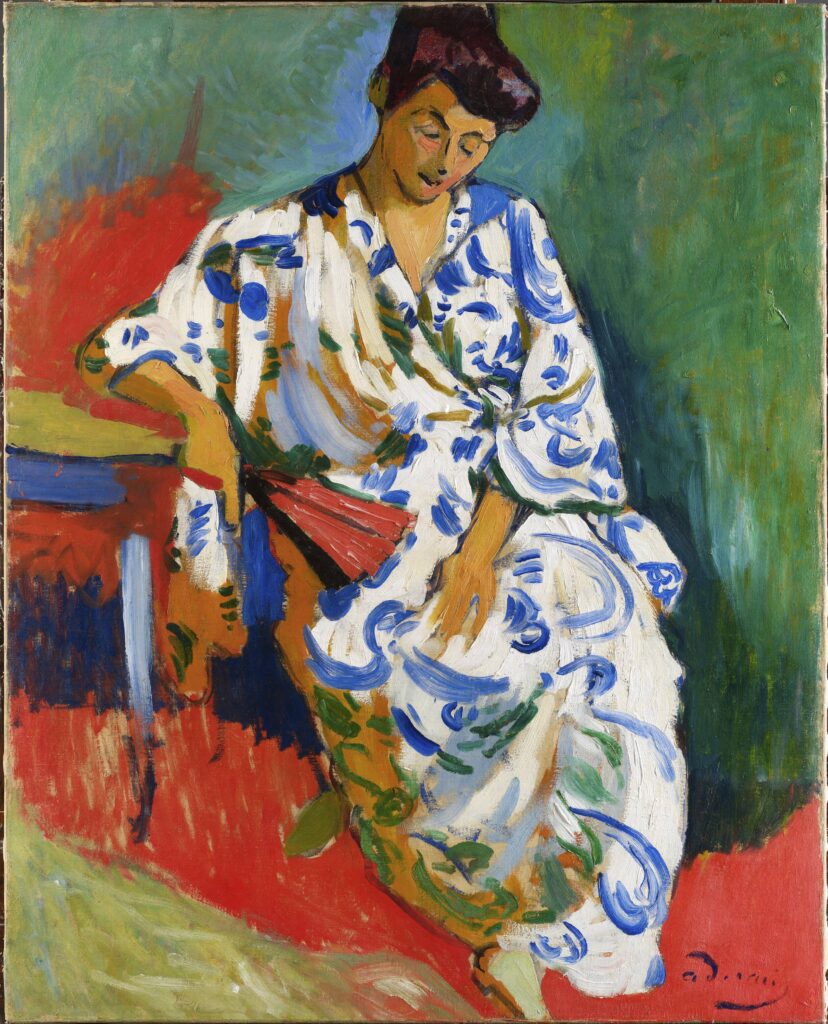
On view at the MFAH to May 27, 2024, following its debut at the Metropolitan Museum of Art, New York, Vertigo of Color: Matisse, Derain, and the Origins of Fauvism presents, for the first time in the United States, the legacy of that legendary summer through 65 of Matisse’s and Derain’s paintings, drawings, and watercolors on loan from national and international museums and private collections.
Commented Gary Tinterow, Director and Margaret Alkek Williams Chair, Museum of Fine Arts, Houston, “The work that Matisse and Derain created over the summer they spent experimenting together, in 1905, liberated color from its traditional, representational role.
This innovation freed them, and the artists who followed, to use color as color, radically changing modernist painting. Vertigo of Color tells this story through an unprecedented selection of loans from a host of public and private collections. We are very pleased to partner with the Metropolitan Museum in bringing this revelatory exhibition to Houston.”
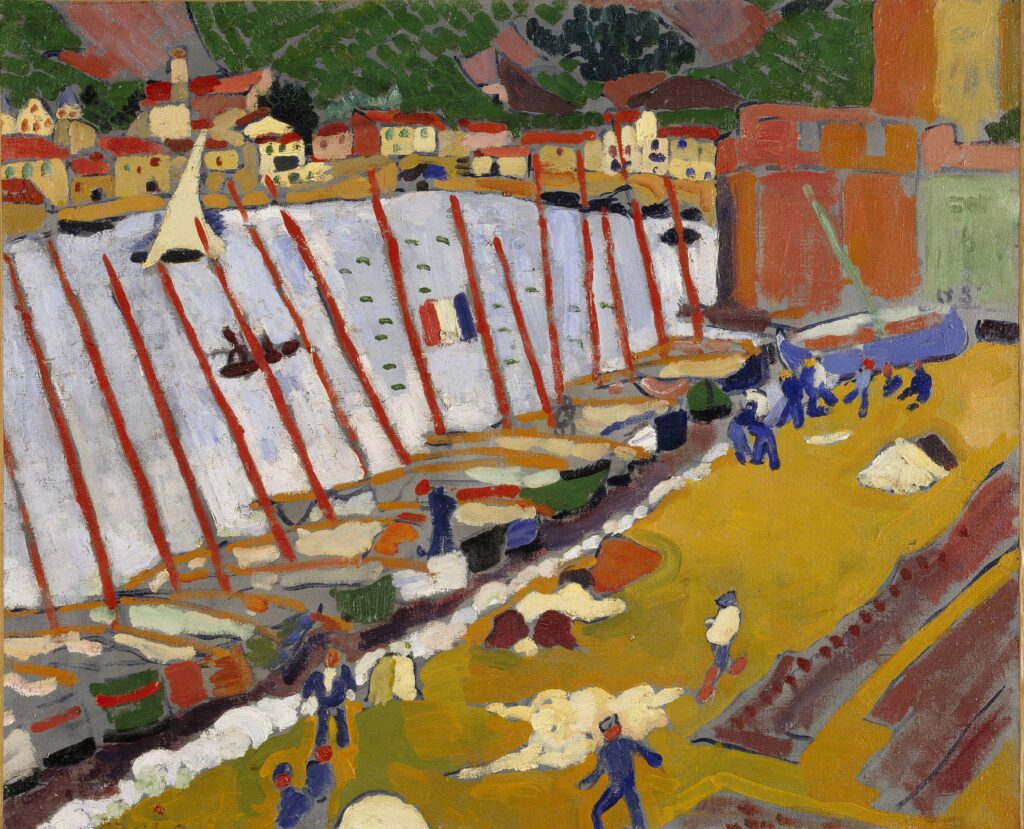
It was the partnership between the two artists—and their intense investigations of color and light, along with their will to experiment outside the canon—that led to Fauvism in the early years of the last century.
While staying in the modest fishing village of Collioure, Matisse and Derain drew from local surroundings as they experienced the bustling life of the port, the quiet beaches, and surrounding landscapes. A new aesthetic of color and light was in process. Their evolving visual language grew from sensory experience of a moment in time, a sweep of sand brushed in saturated red, a cork oak tree delineated in pink, shadows of reflected light in dazzling hues. Matisse wrote, “My choice of colors does not rest on any scientific theory; it is based on observation, on feeling, on the experience of my sensibility.”
Vertigo of Color: Matisse, Derain, and the Origins of Fauvism will feature many of the most celebrated works of Fauvism. Several of the paintings haven’t been shown in the United States in half a century, including Derain’s portrait of Matisse, Henri Matisse (Tate), Matisse’s portrait of Derain, André Derain (Tate), and Woman with a Shawl: Madame Matisse in a Kimono (private collection).
TICKET INFORMATION: Visit https://www.mfah.org/.
Photos courtesy of MFAH